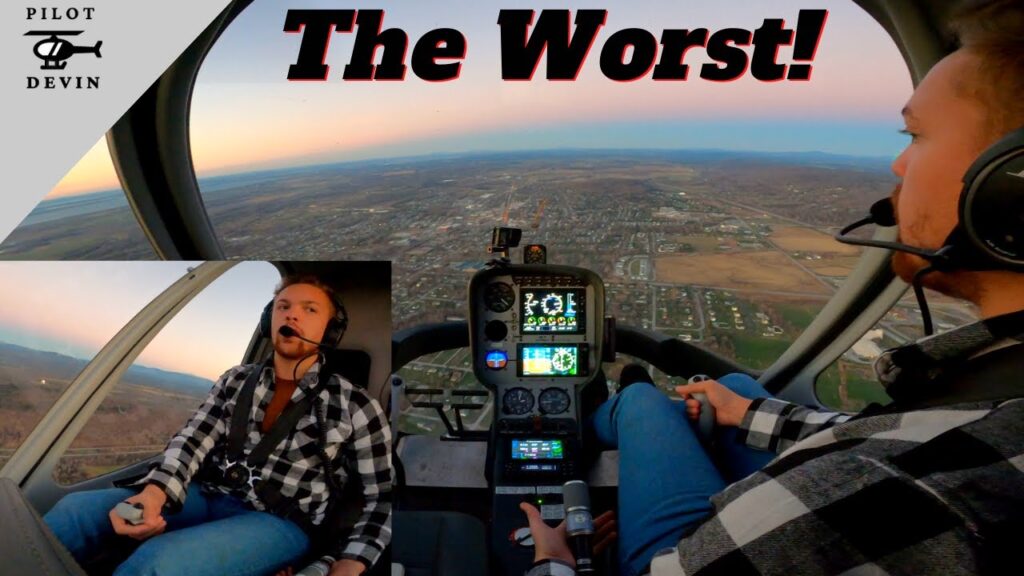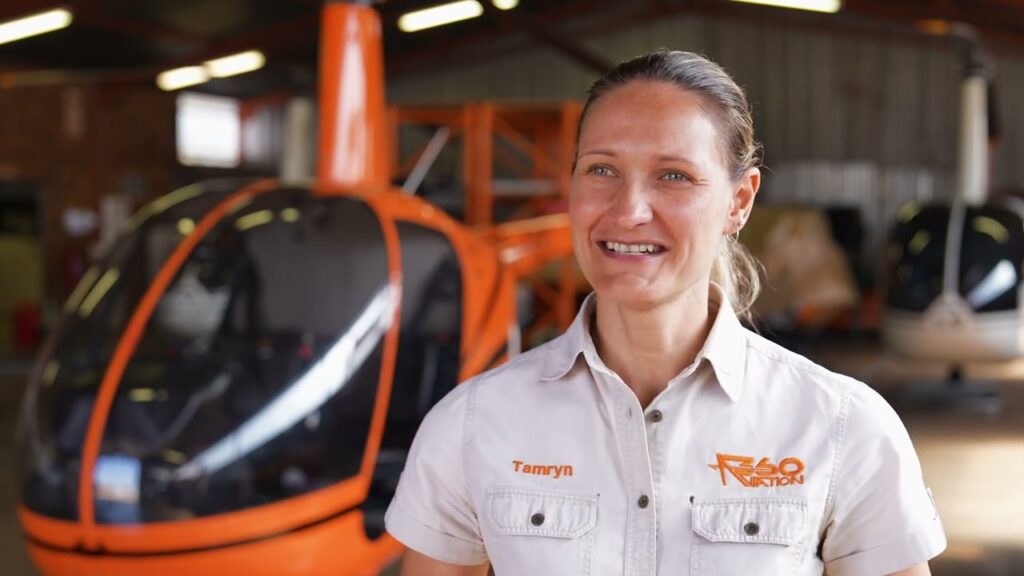Understanding Flight Training Accomplishments in Mexico’s Aviation Industry
The emergence of Mexico as a hub for aviation training is a testament to its rapidly evolving aerospace industry. Over the years, numerous ambitious pilots have acquired their wings from Mexico’s respected flight schools. As these institutions continue to flourish, they collectively celebrate the significant accomplishments in flight training, creating a robust foundation for prospective aviators in Mexico’s airspace and beyond.
Comprehensive Training Programs
Mexico’s flight schools are well recognized for their comprehensive training programs. These institutions have developed curricula that are not only aligned with international standards but are also tailored to meet the specific needs of the Mexican aviation industry. From zero-hour hopefuls to advanced commercial pilot instruction, the flight schools in Mexico provide a complete spectrum of training that ensures the graduates are well-equipped to meet the demands of aviation employers, both domestic and international.
State-of-the-Art Facilities and Aircraft
Mexico’s aviation industry prides itself on offering state-of-the-art training facilities and a diverse fleet of aircraft for all educational levels. Many Mexican flight schools boast modern simulators and well-maintained airplanes that mirror the latest in aviation technology. This exposure to contemporary aviation equipment from the onset of training ensures that students become proficient with the tools and environments they will encounter in their professional careers.
Skilled Instructors and Safety Emphasis
An undeniable pillar of the flight training achievements in Mexico is the presence of highly skilled instructors. These seasoned aviators bring a wealth of knowledge and real-world experience to the classroom and the cockpit. Flight safety is of paramount importance, and it’s consistently emphasized throughout the training, ingraining a culture of safety and vigilance that becomes second nature to the graduating aviators.
Global Recognition of Training Excellence
The accolades awarded to Mexico’s flight training institutions from global aviation authorities highlight the success of their training programs. Pilot licenses obtained in Mexico are recognized by the International Civil Aviation Organization (ICAO), and many programs have direct pathways to certification in other countries. This global recognition propels Mexican-trained pilots onto the international stage, showcasing the high level of education they’ve received and the considerable achievements of Mexico’s flight training industry.
Key Milestones in Mexican Helicopter Flight Training
The history of helicopter flight training in Mexico is decorated with significant milestones that reflect the nation’s commitment to advancing aviation proficiency. The establishment of specialized helicopter flight schools has played a pivotal role in developing highly skilled pilots adept at navigating the diverse Mexican topography, from mountainous regions to urban landscapes.
Introduction of Advanced Simulators
One of the key milestones in the evolution of helicopter flight training in Mexico was the integration of advanced flight simulators. These state-of-the-art devices provide trainee pilots with the opportunity to experience realistic flying conditions in a variety of scenarios, including emergencies, without the risks associated with live aircraft training. The simulators not only enhance safety but also allow for more cost-effective and ecologically sustainable training programs.
Implementation of Standardized Training Curricula
Standardization of training curricula across Mexican flight schools has ensured that all prospective helicopter pilots receive consistent and comprehensive instruction, regardless of the institution. This uniformity has raised the bar for flight training quality and has also facilitated the mutual recognition of certifications among different training facilities and regulatory bodies.
Expansion of International Collaboration
International collaborations have greatly influenced helicopter flight training in Mexico. Partnerships with leading aviation schools and military entities around the world have brought new perspectives and expertise to Mexican flight programs. These global connections have enabled Mexican pilots to receive training that adheres to international best practices, ensuring they are well-prepared for both national and international aviation challenges.
Successful Strategies for Helicopter Flight Training in Mexico
Embarking on the journey to become a skilled helicopter pilot in Mexico involves a strategic approach to flight training. With diverse landscapes ranging from sandy beaches to mountainous terrain, Mexico offers aspiring aviators unparalleled opportunities to hone their flying abilities. The key to a robust training experience lies in choosing a flight school with a comprehensive curriculum that covers both theoretical knowledge and practical skills. It’s imperative to look for programs that offer a blend of classroom instruction, simulation training, and actual flight hours under the tutelage of experienced instructors.
One of the most critical factors in helicopter flight training is the emphasis on safety and awareness of Mexico’s specific aviation regulations. A successful program will prioritize safety protocols and ensure that all trainees are well-versed in emergency procedures, meteorological challenges, and the legal aspects of flying within Mexican airspace. Familiarity with these elements not only promotes a safer flying environment but also prepares students for the rigorous examinations required to obtain a pilot’s license in Mexico.
Customized Training Programs
Individual learning pace and style matter greatly when training to be a helicopter pilot. Prospective pilots should seek flight training schools in Mexico that offer customized training programs. By allowing students to progress at their own speed and providing one-on-one coaching, these schools can cater to different learning preferences, ensuring a more comprehensive educational experience. Moreover, advanced flight simulators can play a pivotal role in scenario-based training, enabling students to practice their skills in a variety of simulated flight conditions without any risk.
Networking and Professional Opportunities
Building a career in aviation extends beyond the cockpit. Thus, successful helicopter flight training in Mexico integrates networking opportunities into its curriculum. Students should have the chance to connect with industry professionals, attend aviation events, and gain insights into helicopter operations across various sectors, including tourism, law enforcement, and emergency medical services. Such exposure not only enriches the learning process but also opens doors for future employment prospects in the competitive field of aviation.
The Impact of Advanced Flight Training Programs on Mexico’s Helicopter Pilots
The landscape of aviation in Mexico has experienced a significant transformation due to the implementation of advanced flight training programs. These comprehensive programs are specifically designed to elevate the skill set of helicopter pilots, ensuring that they are well-equipped to handle the multifaceted demands of flying in diverse environments. One notable impact has been on safety standards; trained pilots are now more adept at maneuvering in challenging conditions, reducing the incidence of accidents and enhancing overall flight security.
Moreover, advanced flight training in Mexico has widened the career prospects for helicopter pilots. With rigorous training that often includes exposure to the latest in aviation technology, pilots are finding new opportunities in sectors such as oil and gas exploration, search and rescue operations, and even luxury travel services. This has not only benefitted the pilots professionally but also contributed positively to the economic health of these industries and the nation as a whole.
The focus on developing high-caliber pilots through these programs has also spurred an increase in international collaborations. Mexican pilots trained under such advanced curriculums are recognized for their proficiency, which has led to an enhanced reputation internationally. This opens doors for Mexican helicopter pilots to secure positions in global aviation markets, thereby promoting cultural and professional exchange.
Lastly, the evolution of helicopter technology is ceaselessly rapid, and advanced flight training programs in Mexico ensure that pilots are updated with the latest advancements. Whether it’s state-of-the-art navigation systems or cutting-edge safety features, Mexican pilots are educated on how to utilize these developments to operate more efficiently and effectively. The technical competence fostered through these programs thus better prepares the Mexican helicopter pilots of today for the aviation challenges of tomorrow.
Celebrating Flight Training Achievements in Mexico’s Helicopter Industry
In the dynamic landscape of aviation, Mexico’s helicopter industry has marked significant strides in the realm of flight training. Establishing a robust training infrastructure, Mexico has emerged as a hub for aspiring aviators seeking to navigate the skies. From the sun-soaked coastlines to the rugged highlands, the terrain offers a diverse training ground for pilots to hone their skills. The growth of helicopter flight schools and training centers across the country attests to the burgeoning demand for skilled rotorcraft pilots. These institutions are characterized by their commitment to excellence, ensuring that their graduates are not only adept at maneuvering helicopters but also well-versed in safety protocols and aeronautical decision-making.
One notable achievement in Mexico’s helicopter training landscape is the integration of advanced simulation technologies. Investment in state-of-the-art simulators allows trainees to experience a wide array of flight scenarios and emergency procedures in a controlled environment. This hands-on approach in virtual reality complements actual flight hours, producing pilots who are thoroughly prepared for the complexities of real-world aviation. By blending traditional learning with innovative tools, flight training programs in Mexico are setting new standards in pilot education and safety.
The success of Mexico’s helicopter flight training programs is not just measured by the sophistication of its technology and facilities. It is also reflected in the stories of its students—many of whom have gone on to become leaders and innovators in the aviation industry. These pilots have distinguished themselves across various sectors, from emergency medical services to tourism and corporate transportation. Their achievements serve as a testament to the quality of helicopter flight training in Mexico and are a source of national pride. As the industry continues to soar, these celebrated milestones in aviation education will undoubtedly inspire future generations of pilots to reach for the skies.



